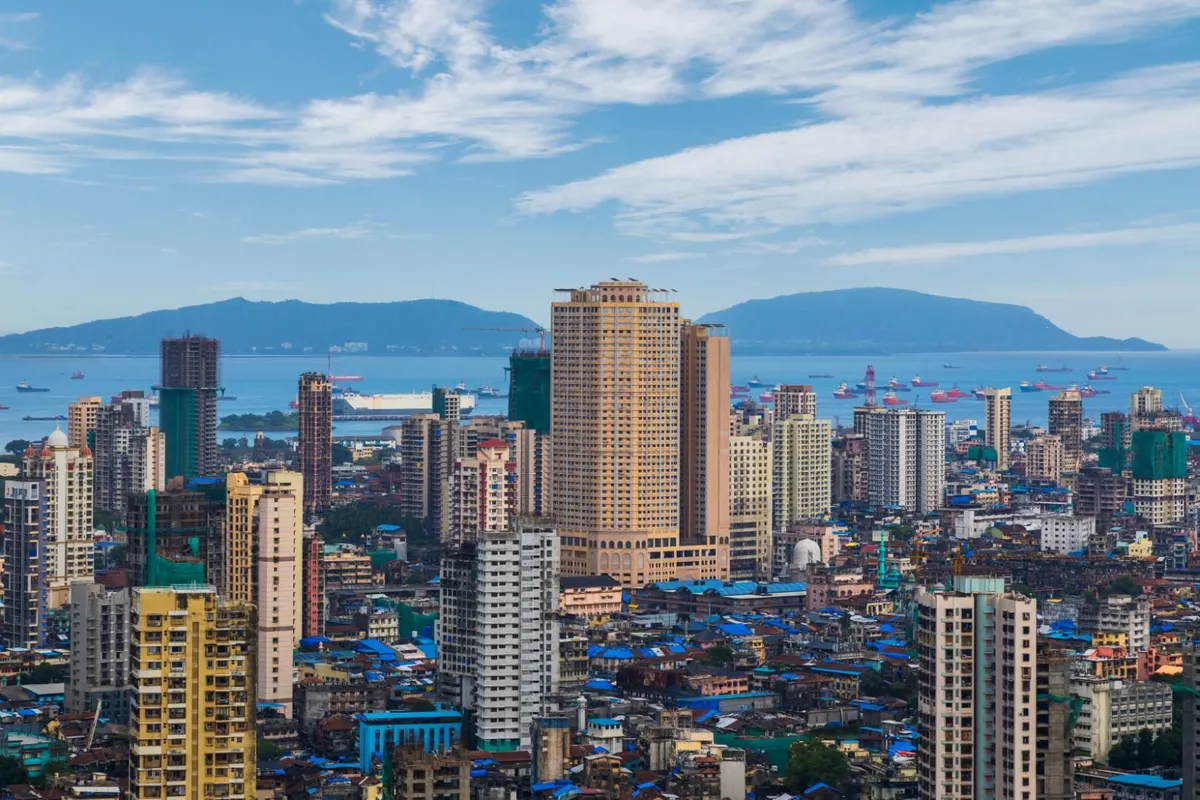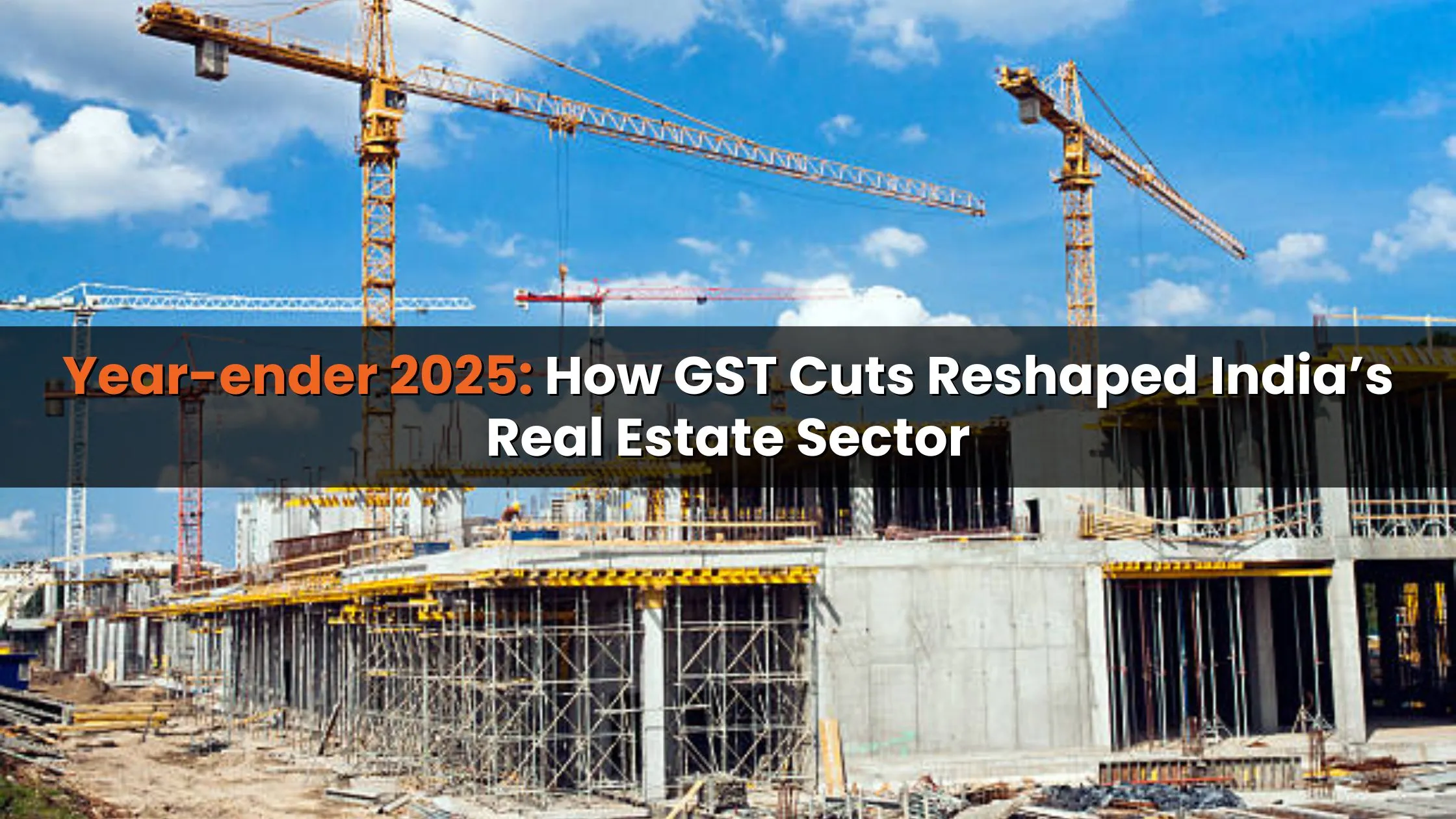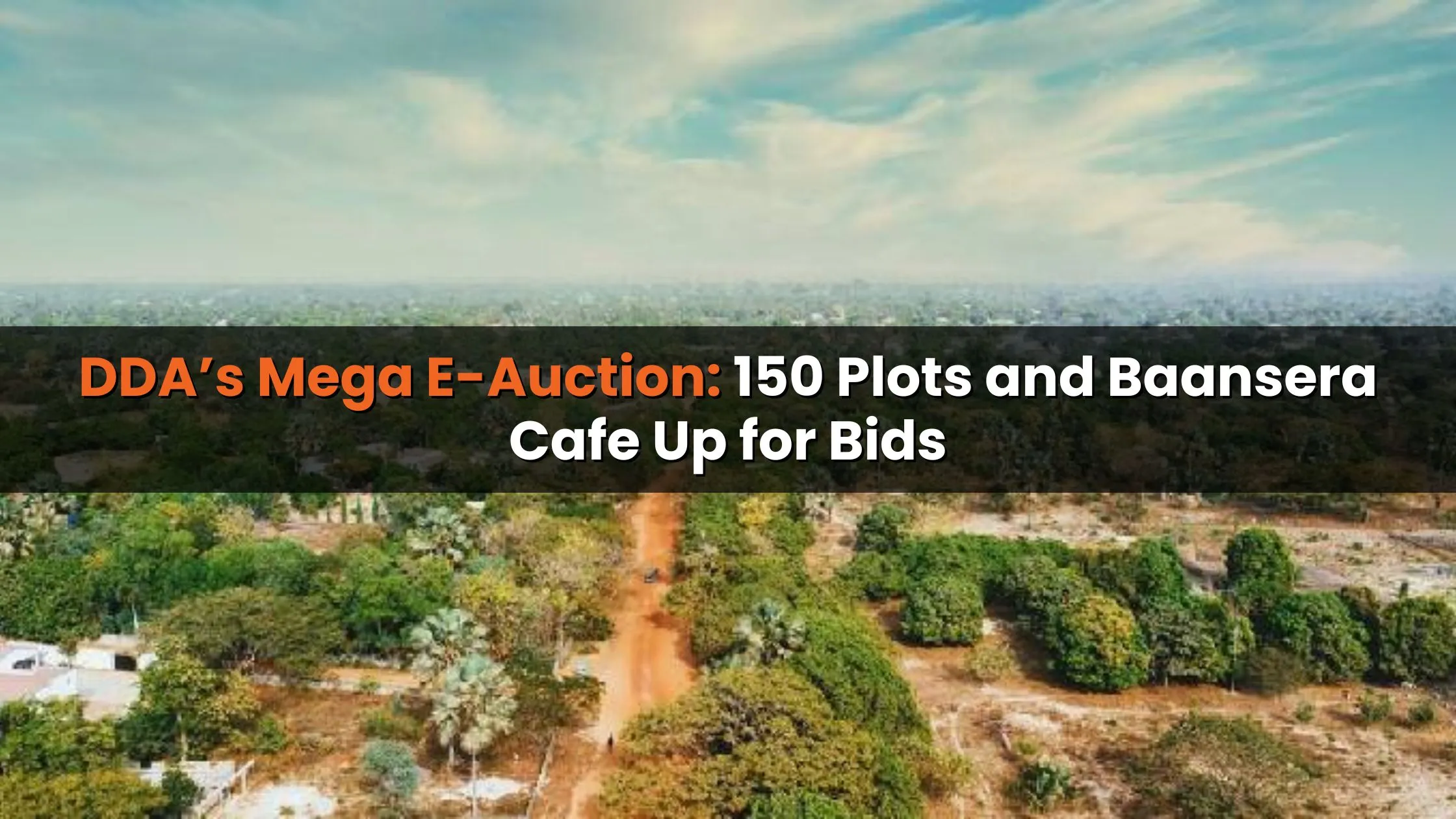Table of Content
The real estate market in Maharashtra’s most dynamic regions Mumbai Metropolitan Region (MMR) and Pune is showing signs of moderation in Q3 2025. According to fresh data from real estate analytics firm PropEquity, housing sales in Mumbai Metropolitan Region and Pune are expected to decline by 17% year-on-year (YoY), with total units sold falling to 49,542 compared to 59,816 in the same quarter of 2024.
At the same time, new housing launches have dipped by 5% YoY, signaling a cautious approach from developers amid shifting buyer sentiment and slower absorption rates. While these numbers suggest a temporary slowdown, experts believe that the market fundamentals remain strong, with demand continuing to outpace supply.
Decline in Housing Sales Across MMR and Pune
The combined sales performance of MMR and Pune reflects a broader cooling of activity in Maharashtra’s housing sector. In Q3 2025, total sales fell by 17% to 49,542 units, a sharp decline from the 59,816 units sold during the same quarter last year.
This decline also reduced the Maharashtra region’s contribution to the national housing market. The share of sales from MMR and Pune dropped from 57% in Q3 2024 to 49% in Q3 2025, underlining weaker momentum compared to other cities.
Breaking down city-level performance:
- Mumbai saw an 8% YoY decline in sales.
- Thane reported the steepest fall, with a 28% drop.
- Navi Mumbai recorded a 6% decline.
- Pune, a major growth hub, also slipped with a 16% fall in sales.
Together, these figures show that while demand persists, buyers are treading carefully, possibly due to high prices, interest rate concerns, and macroeconomic factors.
Also Read: CIDCO to Auction 30 Plots Near Navi Mumbai Airport for Homes and Businesses
QoQ Trends in Sales Performance
Although YoY data paints a picture of slowdown, quarter-on-quarter (QoQ) performance shows a more nuanced story for housing sales in Mumbai Metropolitan Region and Pune.
Between Q2 and Q3 2025, overall sales dipped by just 1% across both markets combined, signaling resilience despite broader pressures. Interestingly, city-specific trends varied significantly:
- Mumbai posted a surprising 18% rise in sales QoQ.
- Navi Mumbai inched up slightly with a 1% increase.
- Pune remained flat, indicating stable demand.
- Thane, however, continued to underperform with an 11% decline.
This contrast suggests that while long-term YoY growth has moderated, the short-term outlook in certain micro-markets remains robust.
National Housing Market Context
Zooming out to the broader Indian housing landscape, a similar cooling trend is visible. Housing sales across the country’s top 9 cities fell by 4% YoY and 1% QoQ in Q3 2025, with a total of 1.03 lakh units sold.
The top 9 cities tracked include Bengaluru, Hyderabad, Chennai, Mumbai, Navi Mumbai, Thane, Pune, Kolkata, and Delhi-NCR.
Despite this dip, experts note that the market continues to show strong fundamentals. Importantly, sales across these cities remain higher than new launches, which helps maintain healthy inventory levels and prevents oversupply issues.
Expert Insights on Market Health
Industry experts emphasize that while the slowdown in housing sales in Mumbai Metropolitan Region and Pune is notable, it does not necessarily indicate weakness in the sector.
According to Samir Jasuja, founder and CEO of PropEquity, the fact that sales are consistently higher than new launches reflects underlying stability. Jasuja expects 2025 to closely mirror 2024, with approximately 4 lakh unit launches and around 4.5 lakh unit sales across India. Though slightly lower than 2024’s performance, this trajectory suggests that demand remains fundamentally strong.
This indicates that the current slowdown is more of a market correction than a downturn, as supply and demand continue to stay largely balanced.
Decline in New Housing Launches
In addition to weaker sales, developers have also scaled back new project launches in MMR and Pune. In Q3 2025, new housing launches fell by 5% YoY, dropping from over 39,000 units to 37,196 units.
However, city-level data reveals an uneven picture:
- Mumbai saw a steep 40% decline in new launches.
- Thane also posted a 28% drop.
- Pune bucked the trend with a massive 49% increase in new launches.
- Navi Mumbai reported a 12% rise.
At the national level, new launches across the top 9 cities were flat YoY but fell 10% QoQ. This moderation reflects developers’ cautious strategy to align launches with actual absorption, ensuring sustainable inventory levels.
Also Read: Nagpur First in Maharashtra to Issue TDR Certificates to Encroached Landowners
Mid-Year Snapshot of Maharashtra’s Housing Market
A closer look at the half-yearly performance (H1 2025) offers additional perspective. In the first six months of the year, MMR and Pune together recorded 1,07,890 housing units sold, while nearly 85,000 units were launched.
This gap between sales and launches demonstrates that despite recent declines, buyer demand continues to outstrip supply, a healthy sign for the long-term stability of the market.
For homebuyers, this means competitive opportunities in certain micro-markets, while for developers, it indicates the need for careful pricing strategies and demand-driven launches.
Conclusion
The latest PropEquity data highlights a clear slowdown, with housing sales in Mumbai Metropolitan Region and Pune falling by 17% in Q3 2025 and new launches dipping 5%. While the Maharashtra region’s share in national housing sales has contracted, quarterly resilience in Mumbai and Navi Mumbai suggests that demand pockets remain active.
Experts believe that 2025 will mirror 2024’s trends, with steady sales and launches keeping the market healthy, even if slightly muted compared to previous peaks. For investors and homebuyers, this represents a period of stability, where long-term fundamentals remain intact despite short-term fluctuations.
With supply staying aligned to demand and infrastructure-led growth continuing in both MMR and Pune, the housing market in Maharashtra’s key hubs is expected to remain resilient in the years ahead.







Ans 1. Housing sales fell by 17% YoY due to cautious buyer sentiment, rising property prices, interest rate concerns, and macroeconomic factors. While demand remains, buyers are more selective and mindful of affordability.
Ans 2. A total of 49,542 units were sold across MMR and Pune in Q3 2025, compared to 59,816 units in the same quarter of 2024, indicating a 17% year-on-year decline.
Ans 3. Mumbai experienced an 8% decline, Thane saw the steepest fall at 28%, Navi Mumbai recorded a 6% drop, and Pune fell by 16%. This shows uneven performance across different micro-markets.
Ans 4. Quarter-on-quarter trends show more resilience. Overall sales dipped only 1% from Q2 to Q3 2025. Mumbai saw an 18% rise in sales, Navi Mumbai increased slightly by 1%, Pune remained flat, while Thane continued to underperform with an 11% decline.
Ans 5. Across India’s top 9 cities, housing sales fell by 4% YoY and 1% QoQ in Q3 2025, with total units sold reaching 1.03 lakh. Despite the dip, demand continues to outpace new launches, maintaining healthy inventory levels.
Ans 6. Developers have taken a cautious approach, scaling back new launches by 5% YoY to 37,196 units. This aligns supply with current absorption rates, avoiding inventory oversupply and ensuring sustainable market growth.
Ans 7. Pune witnessed a significant 49% increase in new launches, and Navi Mumbai recorded a 12% rise. Conversely, Mumbai and Thane saw sharp drops of 40% and 28%, respectively.
Ans 8. Yes, experts emphasize that the slowdown is a market correction rather than a downturn. With sales consistently outpacing new launches, the balance between supply and demand remains healthy, supporting long-term stability.
Ans 9. In H1 2025, 1,07,890 units were sold while nearly 85,000 units were launched. This gap shows that demand continues to exceed supply, ensuring that the housing market remains fundamentally strong.
Ans 10. High property prices, interest rate concerns, economic conditions, and selective investment choices are key factors affecting buyer decisions. Buyers are focusing on affordability, location, and future appreciation potential.